
中国翻译话语英译选集 上册:从早期到佛典翻译 外语-实用英语 张佩瑶 编著 新华正版
外语-实用英语 新华书店全新正版书籍 支持7天无理由
¥ 18.24 6.8折 ¥ 27 全新
库存4件
江苏无锡
认证卖家担保交易快速发货售后保障
作者张佩瑶 编著
出版社上海外语教育出版社
ISBN9787544617154
出版时间2010-05
版次1
装帧平装
开本32开
字数454千字
定价27元
货号xhwx_11585072
上书时间2023-10-24
- 最新上架
商品详情
- 品相描述:全新
- 正版特价新书
- 商品描述
-
目录:
advisers
acknowledgements
map: lands of the silk road: eastern aspect at the beginning
of the 21st century chronology of chinese dynasties conversion table: piny in to wade-giles about the editor about the translators
introduction
part one: from earliest times to
the eastern han dynasty (25-220 ce)
overview 1
laozi (b. c. 570 bce) the constant way (tao)
from chapter 1, tao-te-ching道德经
2
laozi (b. c. 570 bce)
trustworthy words are not beautiful
from chapter 81, tao-te-ching道德经
kongzi (confticius) (traditionally 551-479 bce) clever words can hardly be part of true virtue
from verse 3, book 1, lunyu论语{the analects)
4
kongzi (confucius) (traditionally 551479 bce) learn to develop moral qualities
from verse 6, book 1, lunyu论语(the analects)
5
kongzi (confucius) (traditionally 551-479 bce) a learned man
from verse 7, book 1, lunyu论语(the analects)
……
内容简介:
中国翻译话语英译选集(上册):从很早期到佛典翻译系统梳理了中国古老的翻译实践及翻译论述的发展脉络,遒循独特的选、译、评、注原则,按照时间顺序详尽地展示出一幅宏大的中国传统翻译话语画卷。本书的出版对于靠前学术界了解中国传统翻译话语具有重要的意义,是中国的翻译论述、翻译研究走向世界征途中的重要一步,对靠前的翻译研究,尤其对挖掘中国的传统译论、并对其进行新的解读,是一个颇大的推动。
作者简介:
张佩瑶:浸会大学讲座教授,翻译学研究中心主任,协理副校长。在学术研究和翻译实践等方面均取得骄人,著有多篇翻译批评、翻译史、翻译理论及翻译方面的文章;英译文学作品包括韩少功、刘索拉、朱天心、赖声川及荣念曾等名家作品。曾与黎翠珍合编anoxfordanthologyofcontemporarychinesedrama(:牛津出版社,1997),合作编译禅宗语录一百则(:,1997)。主编牛津百科全书(:牛津出版社,1998)、hongkongcollage:contemporarystoriesandwriting(:牛津出版社,1998)、travellingwithabittermelonselectedpoems(19731998)byleungpingkwan(:asia2000、2002)、anillustratedchinesemateriamedica(:浸会大学中医药学院,2004)及chinesediscoursesontranslation:itionsandperspectives(speissueofthetranslator.uk:stjeromepublishin09)。
精彩内容:
footnotes
j line between thick translation and translation that is merely thick being extremely fine, hard isions have to be made as to when footnotes should be relied upon for contextualization and en they can be used economically. in this anthology, footnotes ening the meanings of idhist concepts and buddhist technical terms are kept to a minimum, on the assumption that ders are more interested in discourse on translation than in buddhism. likewise, assuming :readers are primarily english-speaking, few footnotes have been provided on interpretation blems ed by typographical discrepancies between different editions of the same work, 3y different sible ways of punctuating the chinese text. the exceptions are when the □graphical or punctuation discrepancies give rise to variant, equally valid interpretations, as example in the buddhist monk yan congs on the right way. this text contains ten gui iciples on translating; but owing to two equally valid ways of punctuating the chinese sage, two of the principles differ in meaning, thus calling for exnation in a footnote (entry n.219).
part one (which consists of historical records and passages from canonical texts deployed for orical contextualization, groun, layering, and for the setting off of semantic reverberations art two) has a large number of footnotes. basic information which cannot be assumed in a -chinese readership must be provided if readers are to have a sense of the cultural tradition ,hich discourse on sutra translation is rooted. similarly, footnotes necessary for understan main text, and footnotes that can help to throw light on peoples way of thinking about slation, are provided as often as necessary. in the interests of smooth rea, a few footnotes e been repeated where appropriate.
anachronisms
3 in the interests of facilitating rea, a few generalized terms and expressions have been )loyed even though they may be considered anachronistic, or lacking in exactness, or taken xamples of thin translation. two such terms are "china" and "chinese". these are used quite ely, as ened below, but it is hoped that readers will appreciate them for what they are: first an expedient measure to facilitate the flow of the narrative, and the second an indication n ideological ition.
n the english-speaking world, china (zhdnggud中国)is generally thought of as a country i a civilization of about five thousand years. strictly speaking, the territory now thought of :hina did not e into estence until the qin dynasty (221-207 bce) first unified the ous states lying within the geographical boundaries of present-day china. before that, there i a number of separate states located in the central in (the yellow river valley, includ-what is now most of the areas of henan province, the western part of shandong province, ei province, and the southern part of shan [hanyu dacidian 1995(1):600]). these states, :h had strong clan affiliations and were hence culturally interrelated, were known collectively zhdnggud"中国,literally "central states". strictly speaking, therefore, the term "central es" should be used when one is referring to zhdnggud in the pre-unification eras. however, e what is involved is not just the term "china" but also the term "chinese" (the adjective of……
— 没有更多了 —



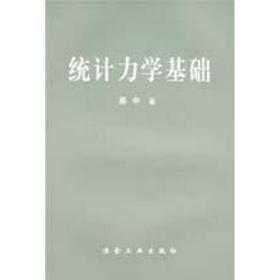
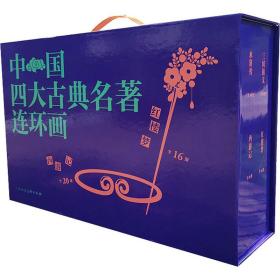

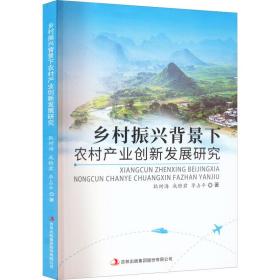

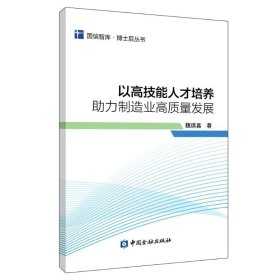
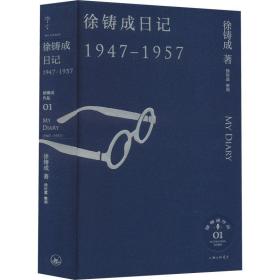
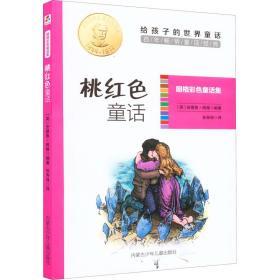

以下为对购买帮助不大的评价